Love it or hate it, there is no escaping the fact that water is not only essential for our health, but our very lives depend upon it.
The same goes for our four legged friends!
For a dog to function at the top of their ability and ward off any health issues as a consequence of hydration, it's vital they stay property hydrated. Dehydration is a problem that needs to be resolved. And quickly.
Here are some ways to help a dog that is reluctant into drinking more water.
Why Water Is So Important For Dogs
Just like us, when dogs get hot, they need to cool down.
Your dog sweats (releases water from his body) in different ways than we humans do. While they do release some sweat from the sweat glands on the pads on the bottom of their feet, most of their excess body heat is released by panting. This means that their body retains heat longer than ours and certainly it is released more slowly. Therefore, drinking water is essential to help the process.
Aside from temperature regulation, here's the other main reasons why proper hydration is so important for dogs:
- Avoids dehydration. Dehydration in a dog can lead to a host of health problems including kidney and liver damage.
- It also helps lubricate and cushion joints, particularly important to older dogs.
- Aids the digestive system and helps in the absorption of nutrients
- Eliminates waste and toxins
How To Tell if a Dog Is Dehydrated
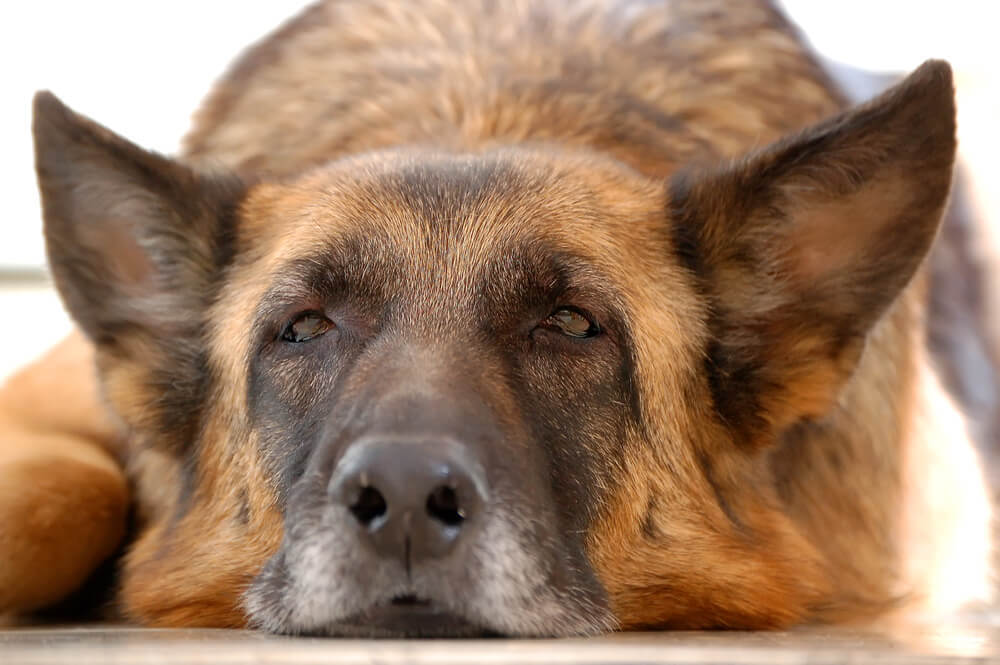
One very common sign that all is not well with your dog is a change in his drinking habits. You should always get advice from a vet if you are concerned.
Some diseases, like diabetes and kidney disease - yes, it’s not just human beings, dogs can suffer these diseases too - may cause your dog to lose all interest in drinking water completely. Another problem with a similar outcome would be a urinary tract infection.
It can’t be stressed enough, if you have any concerns whatsoever, take your dog to the local vet. Not only will he know what is wrong, he will know exactly how to remedy the situation.
Probably, the most common sign of dehydration is the loss of elasticity in your dog's skin.
Try pulling on your dog's skin - lightly - and if it doesn't readily go back to it's original position, then your dog is potentially dehydrated.
If you pull lightly on your dog's skin and it doesn't readily go back to it's original position, your dog is likely suffering from dehydration!
Here are other ways to spot symptoms of dehydration in dogs:
- Loss of appetite
- Dry nose
- Thick saliva
- Xerostomia (dry or sticky gums)
- Vomiting with or without diarrhea
- Panting
- Reduced energy levels and lethargy
If your dog has become dehydrated it is very important that you rehydrate him quickly. But that can be easier said than done.
Offer him small sips of water to drink every few minutes. You might even mix some electrolyte powder with the water. If that does not work and your dog just will not drink, give him an ice cube to lick. That will often do the trick.
BUT if your dog still refuses to drink, and remains dehydrated, you must take him to your vet as soon as possible. They will probably inject fluids under his skin and the little guy will feel so much better in a matter of minutes.
5 Reasons Why Your Dog May Drink Less Water Than Usual
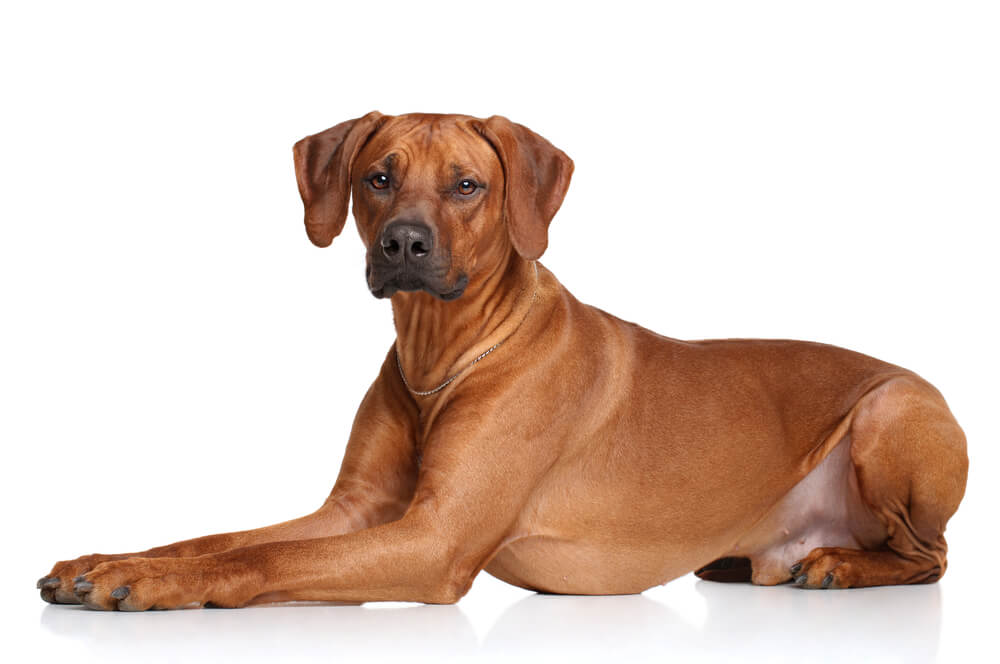
1. Your dog is not thirsty
First of all, sometimes he just is not thirsty! It can be as simple as that.
2. Your dog is not hot or is not exercising
If the weather - or your house - is cool and he has not exercised for a while, your dog may not need to drink.
3. There's a change in their environment
Your dog is both highly intelligent and has an acute sense of smell. A new environment can be very distracting for him.
If your dog even senses that you have changed his water bowl, he may well ignore it for a while. Even worse, if you have changed the ‘source’ of his water (let’s say you’ve moved to a new house) his acute sense of smell will alert him to the difference and may well be enough to stop him drinking.
A great tip here is that if you and your dog will be travelling, bottle some water from home and you should find that your dog will drink it quite happily.
4. Your dog may be sick
If your dog is sick or in pain, he may not drink the amount of water he needs. A little bit like us humans, when we're sick we're just not as thirsty as usual.
5. Your dog getting enough water from wet food
A homemade diet or wet dog food are moist foods which may contain the sufficient amount of liquid your dog may desire.
But if the behavior (of not drinking water from his bowl ) persists to the point you find yourself getting anxious, it is time for a quick trip to the vet. He will tell you in a moment if your dog is drinking enough for his needs.
Just remember you must NEVER let your dog go for more than a day without water.
What About Giving Him Milk?
New born puppies have a special enzyme that allows them to digest their mother’s milk. Once they have been weaned most dogs lose this enzyme and with it the ability to digest lactose.
Never, ever give your dog milk if he is not drinking his water.
7 Ways To Get Your Dog To Drink More Water
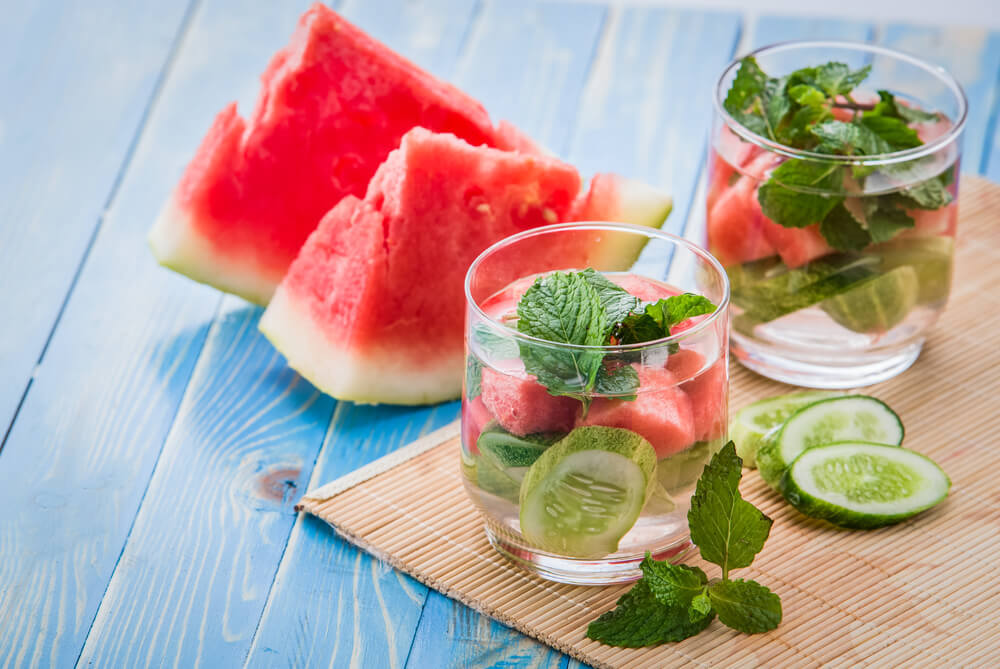
Your dog needs to drink his water, but if he is not for whatever reason there are few things you can do to change his mind.
1. Drop treats in water
To get your water to start drinking drop some of his favorite treats into his water bowl. Whatever water he manages to drink by taking out his treats is better than none at all.
2. Use flavored dog water
Yup, flavored water is a treat not just for humans and it might entice your dog to start drinking (water!) again. Here's four flavored dog water recipes to try out.
Chicken or bone broth: A natural flavoring that promotes water consumption. Simply, add chick or bone broth to his water (for flavor). Mix 1 part bone broth to 2 parts water for the perfect water enhancer for dogs.
Use Replenish: Replenish is a water dog supplement featuring chicken bone broth, simple carbs, blueberry powder and B vitamins. All you go to do is to add water and your dog should be enticed to drink it. Get creative and also freeze it into ice cubes or popsicles. Dogs love ice cubes!
Cucumber, blackberry and mint infused dog water: We love PrettyFluffy's recipe - it's healthy and delicious. Simply fill your pitcher with filtered water, add a handful of blackberries, thinly slice a small cucumber and add them to the pitcher in addition to 5+ mint leaves. Let all the flavors and fruit infuse into the water about an order and share it with your doggo.
Watermelon slush for dogs: DogTipper's recipe is another refreshing beverage your dog can try.
You'll need:
- 2 c. red watermelon cubes
- 1/2 c. of strawberries
- 1 tbsp. of blackstrap molasses (Blackstrap is loaded with manganese, iron, copper, and other good for your dog minerals)
- 1/2 c. of coconut water
- 1 c. of ice
Preparation Method:
- Add all ingredients in a blender and mix well.
- Serve it either in a bowl, add into a KONG or freeze it into ice-cubes.
3. Use a water fountain
A filtering water fountain is another method to help encourage healthier hydration habits for a reluctant or picky dog. It also helps with keeping water fresh and debris-free.
4. Change up his diet
If you feed your dog kibble, alternate his dry food diet with wet food. You could also try mixing water with wet dog food. A dog that refuses to drink from his bowl will often drink well when his water is mixed with food.
5. Praise & reward him
Quite simply, I've found that dogs by nature thrive on positive feedback. Most of us have used both praise and treats to help our dogs do as we want them to.
Start praising and rewarding your dog whenever he drinks from his bowl. Use tasty treats or snacks and speak in a praising tone of voice.
Some dogs may not be motivated by treats, a cuddle and vocal praise in combination can also be very efficient.
6. Use fruit treats
Using fruit treats can help encourage hydration, which in turn reduces the burden on your dog’s kidneys.
Fruits are not only healthy but are packed full of water.
Give your dog seedless watermelon, blueberries and pieces of apple as well as veggie treats such as carrots and cucumbers.
7. Use the right bowl
When choosing the right bowl for your dog, make sure it's metal or ceramic AND that it's large enough to hold water for at least a day if you're leaving your dog alone at home.
Make sure you clean it every day as it CAN harbor bacteria. Use a wide flat bowl for short dogs and if he spends time outdoors and indoors – have a two bowls, one at each location.
You may be surprised but by merely changing the location of your dog’s water bowl could solve the problem completely. So simple, yet it can be such an effective solution.
Finally remember to change the water in the bowl frequently and add a few ice cubes on hot days!

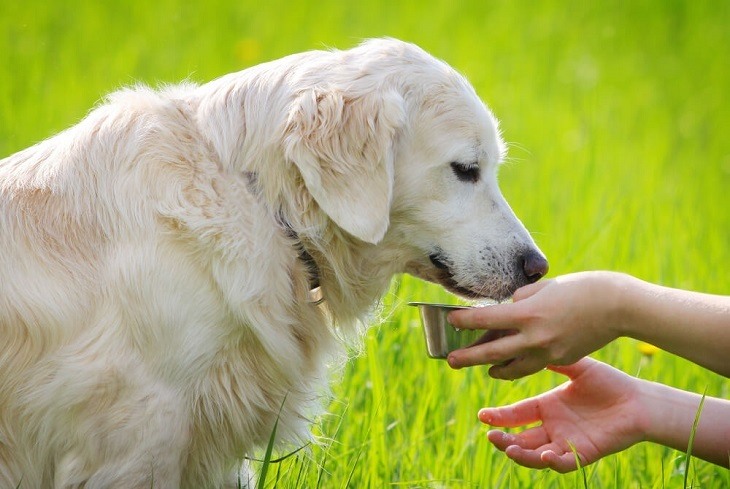

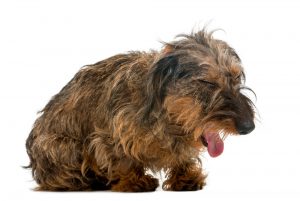
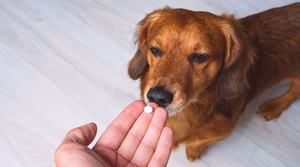
Love the title of this article. As pet parents we can all use some simple tricks to get our canine kids to do the right things. Particularly as there are so many things on the list of ‘it’s good for you so why don’t you just do it’? If you add the two-legged variety into the mix, there’s are about a hundred things a day we have to keep ‘nagging’ them for. Bring on some more tips and tricks to make them do what’s good for them (without them knowing it)!